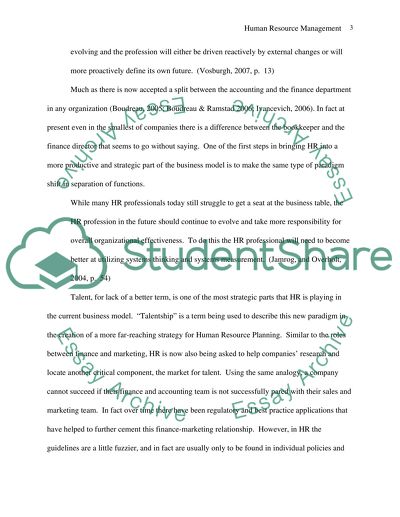Cite this document
(“The Primary Function of Human Resource Management Term Paper”, n.d.)
Retrieved from https://studentshare.org/environmental-studies/1419207-human-resources-management
Retrieved from https://studentshare.org/environmental-studies/1419207-human-resources-management
(The Primary Function of Human Resource Management Term Paper)
https://studentshare.org/environmental-studies/1419207-human-resources-management.
https://studentshare.org/environmental-studies/1419207-human-resources-management.
“The Primary Function of Human Resource Management Term Paper”, n.d. https://studentshare.org/environmental-studies/1419207-human-resources-management.


